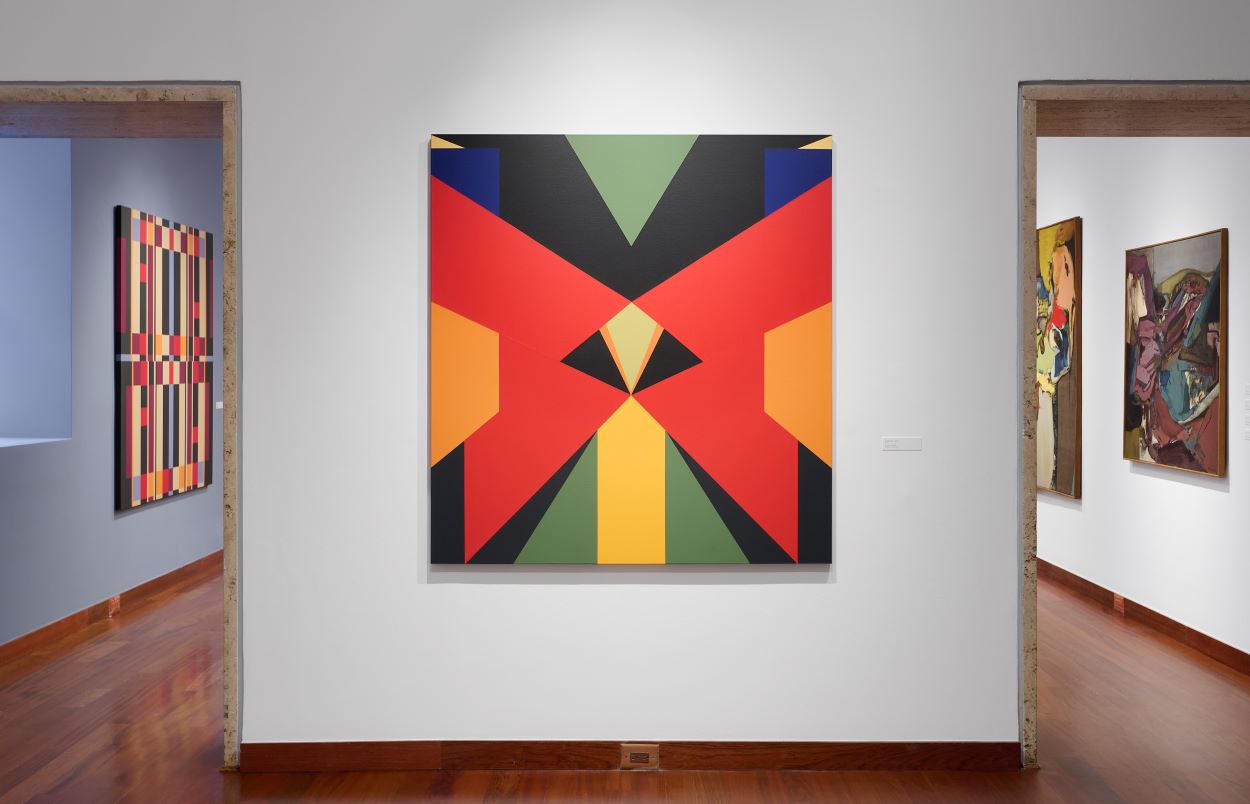Borges’s Cosmic Ally
Borges’s Cosmic Ally
Xul Solar and Jorge Luis Borges: The Art of Friendship at Americas Society explores the not-yet fully recognized singularity of the mystic artist and his intellectual affinity with the Argentine writer.
THEIRS was a friendship both personal and artistic, lasting nearly 40 years. Jorge Luis Borges was destined to become one of the most influential literary figures of the 20th century, but only now is his closest aesthetic ally, the eccentric painter Oscar Schulz Solari, whose professional name was Xul Solar, even starting to get the recognition that Borges always advocated for him.
Significantly, it is the painter rather than the writer who gets top billing in “Xul Solar and Jorge Luis Borges: The Art of Friendship,” an exhibition that opens this week at the Americas Society. The show focuses on Xul Solar’s watercolors, but also includes manuscripts by both men, documents, photographs and first editions of works they created together that are little known outside their native Argentina.
Learn more about the exhibition.
“Borges never stopped expressing his admiration for Xul Solar, who he considered a citizen of the cosmos,” Gabriela Rangel, the show’s main curator, said. “This was an intellectual dialogue of two people that was profound and far-reaching, but has not yet been fully appreciated.”
Borges and Xul Solar, who was also a poet, translator, inventor and astrologer, met in 1924, shortly after both had returned to Buenos Aires from long stays in Europe. Frequenting the same avant-garde circles, they quickly became collaborators, with Xul Solar providing illustrations for books that Borges wrote and magazines he edited, a symbiotic relationship that would continue until Xul Solar’s death in 1963, at 75.
Borges was a dozen years younger than Xul Solar, and clearly looked up to his older friend. “Xul Solar is one of the most singular events of our era,” he once wrote in an essay that is excerpted in the catalog for the Americas Society exhibition, “a man versed in all the disciplines, curious about all arcana, father of writings, languages, utopias, mythologies, sojourner in hells and heavens.”
In the same essay, written for a one-man show of Xul Solar’s work in Buenos Aires in 1949, Borges characterizes his paintings as “documents of the extraterrestrial world.” That description helps to explain the intellectual affinities and strikingly similar worldview the men shared, which is a point of emphasis for this exhibition....








